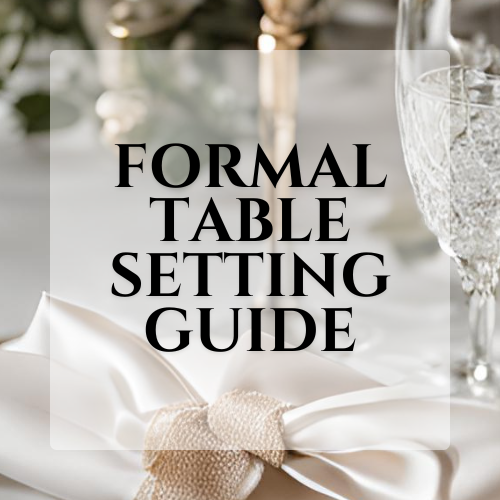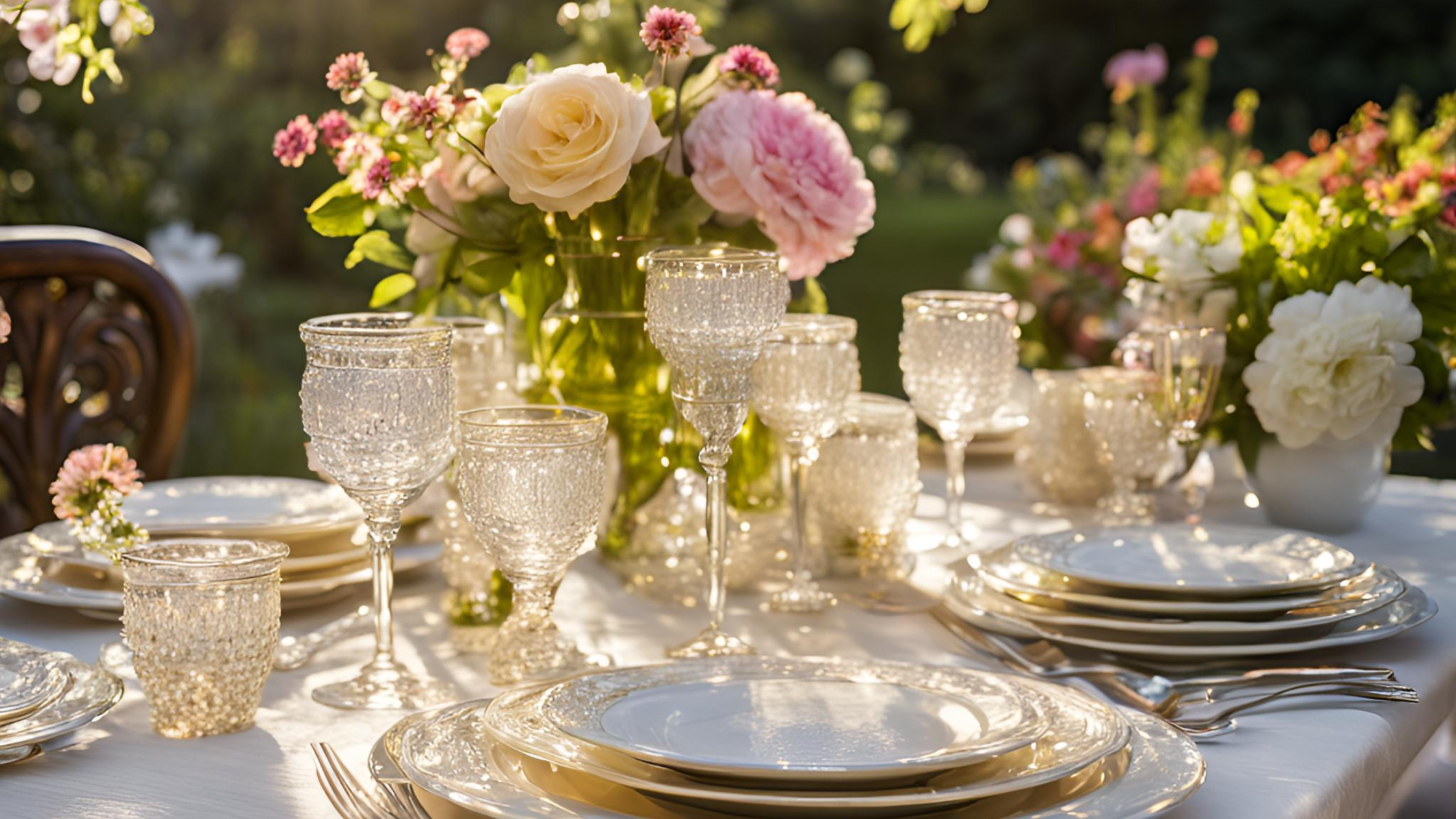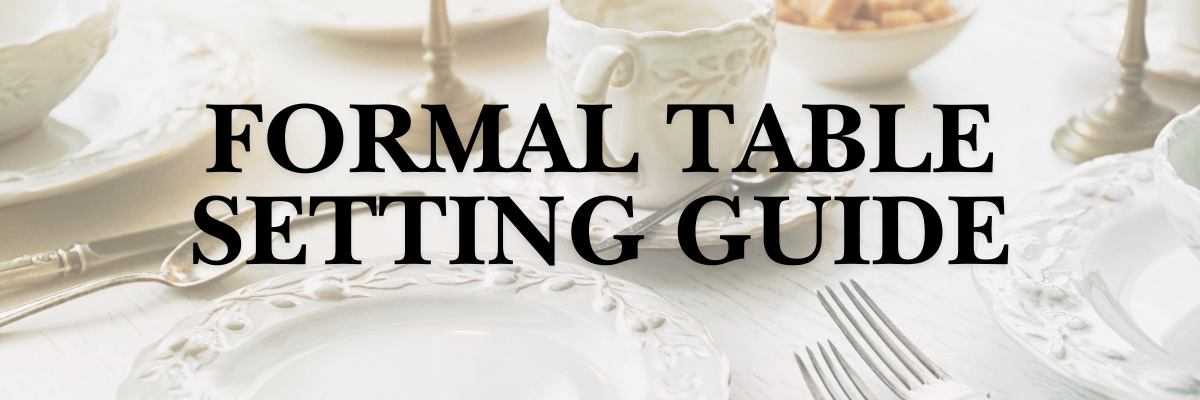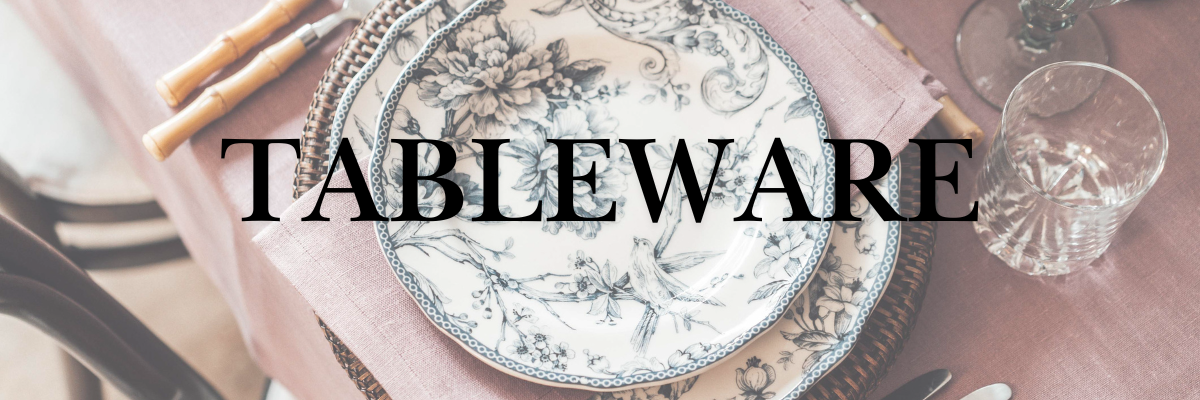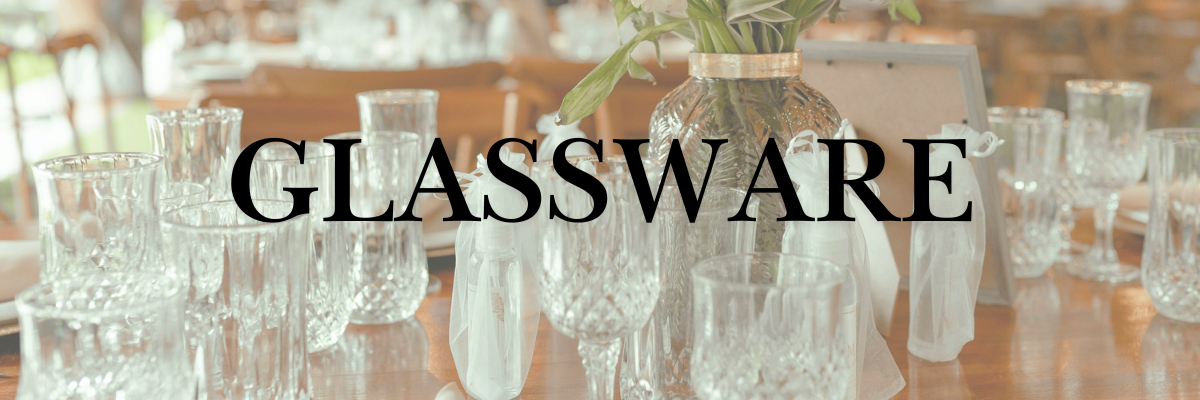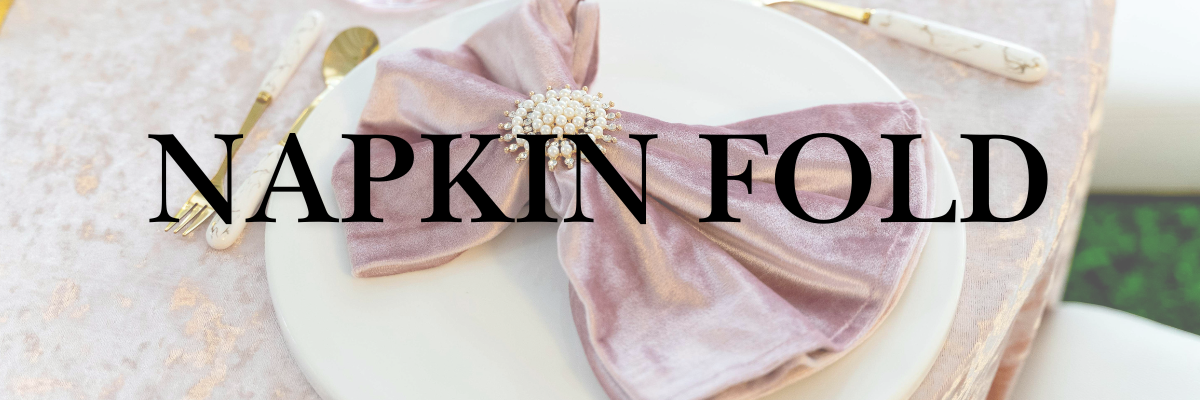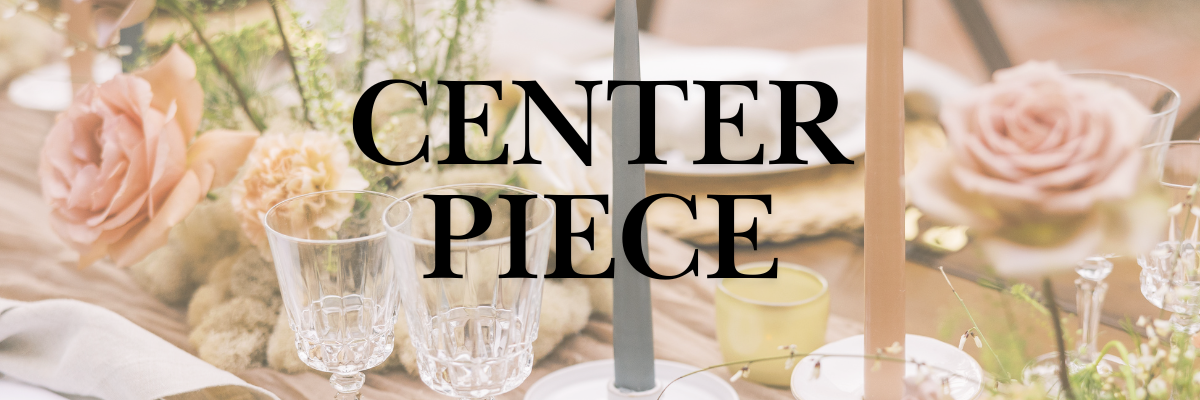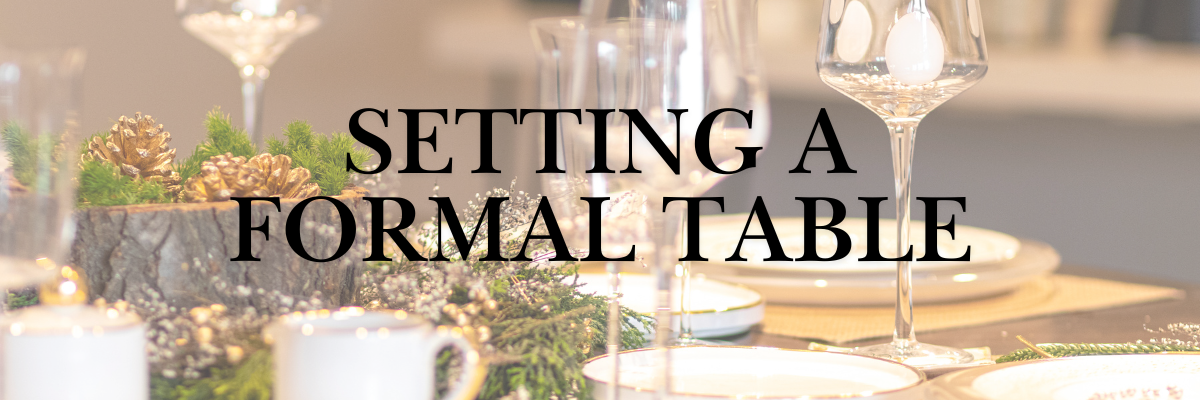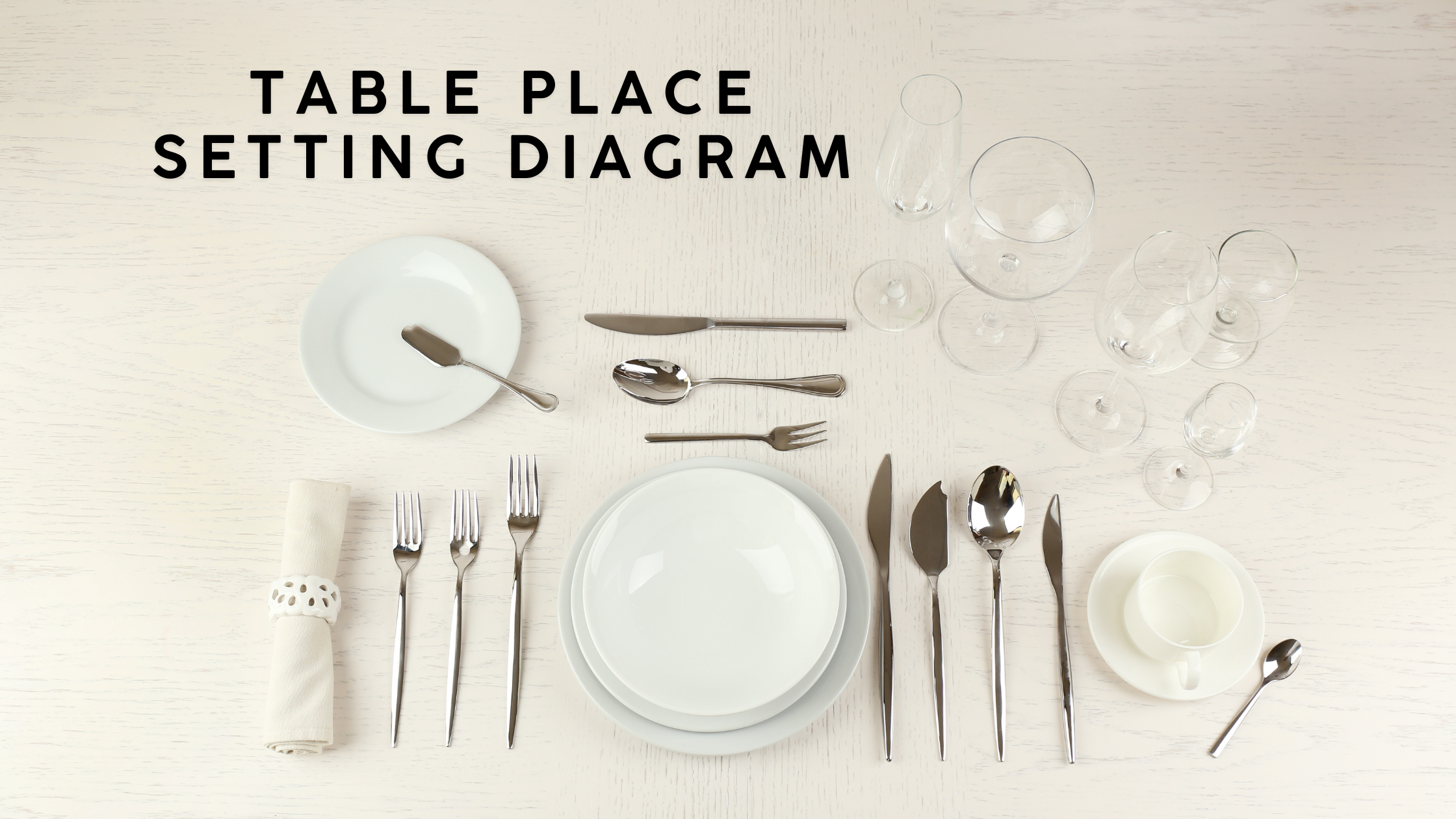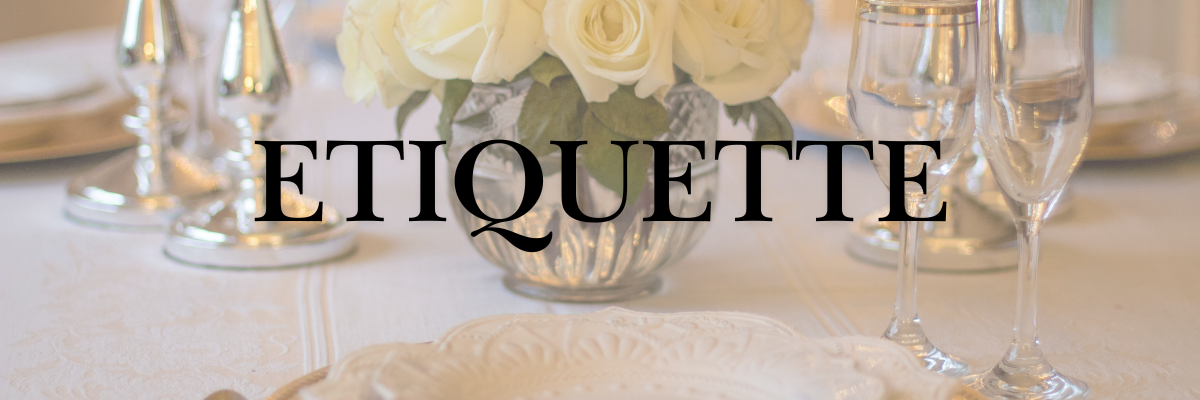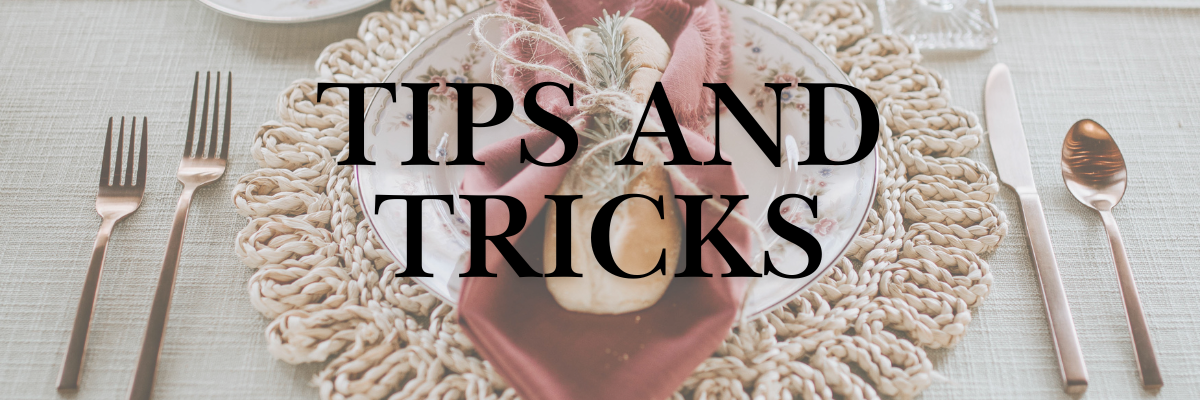Are you struggling to set a formal table that impresses your guests? Mastering the art of formal table setting is essential for elevating any gathering, whether it’s a dinner party or a special occasion. In this guide, I’ll walk you through the key elements of formal table setting, offer a step-by-step approach, and share etiquette tips that ensure you create a stunning display. By the end, you’ll feel more confident in setting a table with the right tabletop items, including napkin rings and appropriate glassware for red wine. Let’s tackle your hosting challenges together!
Why Mastering Formal Table Setting Matters
Understanding the significance of presentation is key in formal dining. Knowing how to use items like the fish knife, soup spoon, and dessert spoon, along with tabletop items, enhances not just the look, but also the experience for your guests. Let me share practical insights to help elevate your hosting game.
Understanding the Significance of Presentation
When I think about hosting a party, the way I present the table truly sets the mood for the evening. A well-set table, complete with a beautiful tablecloth and stylish placemats from Bayside Kitchen Co's tabletop items, showcases attention to detail. Imagine how a perfectly arranged butter dish alongside the right spoons can elevate the dining experience for your guests, making them feel special and welcome.
The Role of Etiquette in Formal Dining
Etiquette plays a huge role in formal dining, not just for the sake of tradition, but to create an enjoyable atmosphere for everyone. Using the right cutlery for each course, like a delicate fish knife for your entrée or a specific spoon for soup, shows respect for both the meal and your guests. Pairing the meal with the appropriate white wine also contributes to the overall beauty of the dining experience, allowing everyone to savor each moment in style.
Enhancing the Dining Experience for Guests
Creating an elevated dining experience for my guests starts with attention to the little details. I love using elegant linen napkins, paired with sparkling champagne glasses, to add a touch of sophistication to the table. And let’s not forget adding candles to set the mood—soft lighting transforms any meal, making even a simple soup feel like a gourmet indulgence. This thoughtful approach to table setting not only enhances the aesthetic but also makes everyone feel cherished and appreciated during the occasion.
The Impact on Social and Business Gatherings
Mastering the art of formal table setting significantly impacts both social and business gatherings. I’ve seen firsthand how a beautifully arranged table, featuring elements like a sleek marble centerpiece or elegant wooden serving trays, can set the tone for engaging conversations. Following proper etiquette, like using the right butter knife for spreading and ensuring saucers are perfectly aligned, creates a welcoming atmosphere that encourages connection and interaction among guests.
- Setting a table with attention to detail enhances the overall dining experience.
- Incorporating materials like marble and wood adds a sophisticated touch.
- Following etiquette with items like the butter knife creates a respectful environment.
- Well-presented saucers and silverware guide interactions and discussions.
Key Elements of Formal Table Setting
When it comes to mastering table setting, understanding the key elements is essential. I’ll walk you through the types of tableware and their functions, like choosing the right bowl for your dish. You'll also learn about selecting appropriate glassware for each beverage, especially the perfect wine glass. Plus, I’ll share some fun napkin folding techniques and the importance of centerpieces in enhancing your decor.
Types of Tableware and Their Functions
When setting a formal table, I find it crucial to understand the different types of tableware and their specific functions. For example, using the right dinner plate size enhances the presentation of each course, while salad plates serve a unique purpose that complements the overall meal progression. Matching glassware to the beverage is equally important; a sturdy red wine glass allows for the full experience of richer wines, while elegant white wine glasses offer a pleasing look for lighter options, ensuring every aspect of dining feels intentional.
Appropriate Glassware for Different Beverages
Choosing the right glassware for each beverage is a small detail that can greatly impact the dining experience. For red wines, I prefer using larger, bowl-shaped glasses that allow the wine to breathe and express its rich flavors. In contrast, for white wines or sparkling beverages, I opt for more slender glasses, which help maintain the crispness and enhance the visual appeal at the table:
- Red Wine: Use larger bowl-shaped glasses.
- White Wine: Choose slender glasses for better presentation.
- Sparkling Wine: Opt for flutes to maintain effervescence.
- Water: Clear tumblers work well alongside the more elegant glassware.
Importance of Napkin Folding Techniques
Napkin folding techniques really add an eye-catching touch to a formal table setting, and I always enjoy incorporating them into my gatherings. A well-folded napkin can act as a centerpiece, drawing guests' attention and enhancing the overall look of the table. Simple folds like the classic triangle or a pocket fold are easy to master and can make your dining experience feel thoughtfully curated, leaving your guests impressed right from the beginning.
Centerpieces and Their Role in Decor
When it comes to formal table setting, centerpieces can truly make or break the decor. I love selecting a centerpiece that aligns with the theme of the occasion—whether it’s a floral arrangement for a spring gathering or a chic candle display for a cozy winter dinner. The right centerpiece not only adds visual interest but also creates a focal point that encourages conversation and enhances the overall dining experience for everyone around the table.
Step-by-Step Guide to Setting a Formal Table
Setting a formal table is all about preparation and presentation. I’ll guide you through the essential steps, starting with how to prepare the table for a welcoming atmosphere. Next, we’ll arrange tableware and utensils thoughtfully, ensuring each piece has its place. I'll also cover how to position glassware for easy access and wrap up with final touches that give the table a polished look. Let’s get started!
Preparing the Table
Getting the table ready is where the fun begins, and I always start by selecting a nice tablecloth that complements my dishware and sets the right atmosphere. After laying it out smoothly, I focus on ensuring there's enough space for each guest, making it comfortable for everyone to enjoy their meal. I often take a moment to think about the overall look and feel I want to create, as this invites a warm and welcoming vibe from the very start.
Table Place Setting Diagram:
Arranging Tableware and Utensils
When arranging tableware and utensils, I always start by placing the dinner plate in the center of each setting. Next, I position the forks to the left and the knives to the right, with the blade facing inward. This simple setup not only looks organized but also makes it easy for guests to know which utensil to use for each course:
- Place the dinner plate in the center.
- Arrange forks to the left and knives to the right.
- Ensure spoons are positioned based on the meal sequence.
- Add salad plates on top of the dinner plate for easy access.
Placing Glassware for Optimal Accessibility
When I set the table, I always make sure the glassware is easily accessible for my guests. For a formal dinner, I place the water glass directly above the knife, which keeps things organized and ensures everyone can reach their drink without any hassle. Then, I position the wine glasses slightly to the right of the water glass, tilted at a slight angle, so they’re ready to be filled as soon as the meal starts. This setup not only looks elegant but also makes it convenient for my guests to enjoy their beverages throughout the evening, enhancing their overall dining experience.
Final Touches for a Polished Look
As I wrap up the table setting, I pay special attention to the final touches that elevate the entire dining experience. A few decorative elements, like placing a small bouquet of fresh flowers or a chic candle arrangement in the center, can create an inviting atmosphere. I also make sure to adjust the napkins just right, folding them neatly and placing them in a way that adds elegance without overwhelming the table, ensuring my guests feel celebrated from the moment they sit down.
Etiquette for Formal Table Settings
Seating arrangements and place cards are foundational to any formal meal. Knowing how to layout the courses and timing of the meal can truly enhance the dining experience. Observing the proper use of utensils and glassware allows everyone to enjoy the food comfortably, while guest interaction during meals keeps the atmosphere lively. Let’s dig into these essential elements to refine our etiquette at the table.
Seating Arrangements and Place Cards
Seating arrangements and place cards play a vital role in formal dining as they set the stage for interactions among guests. I always plan my seating to encourage conversations and connections, placing guests with similar interests or backgrounds next to each other. Using stylish place cards not only looks great but also helps guests find their seats easily, making them feel welcomed from the get-go:
- Consider guest dynamics when planning seating arrangements.
- Use place cards to guide guests to their seats.
- Incorporate personal touches like handwritten notes on place cards.
Understanding Course Layout and Timing
Understanding the course layout and timing of a formal meal is essential for ensuring the flow of the dining experience. I always pay close attention to the order in which dishes are served, starting with appetizers, moving to the main course, and finally dessert, making sure to allow enough time for guests to savor each offering. Properly timing the serving of each course not only keeps the conversation flowing but also enhances the overall enjoyment, making the meal feel organized and thoughtfully planned.
Proper Use of Utensils and Glassware
When it comes to the proper use of utensils and glassware, I always remind myself and my guests that each piece has its purpose. I make it a point to familiarize everyone with the layout: for instance, the fork on the left is for salads, while the knife on the right is designated for the main course. Meanwhile, I arrange the glasses based on the beverages being served; placing the water glass above the knife and the wine glasses just to the right ensures everyone can easily reach for what they need, making the dining experience smooth and enjoyable.
Guest Interaction During Meals
During meals, guest interaction is key to creating a warm and enjoyable atmosphere. I always remind myself to encourage conversation by asking open-ended questions that prompt sharing stories or experiences. This helps break the ice and keeps the mood light while ensuring everyone feels included and engaged at the table.
- Encourage open-ended conversations to invite sharing.
- Use questions to break the ice and connect guests.
- Focus on making everyone feel included and engaged.
Tips for Hosting a Memorable Formal Dinner
When hosting a formal dinner, I always start by planning a menu that complements my table settings. Creating a welcoming atmosphere through thoughtful decor makes a big difference in how guests feel. Timing and flow of the event are crucial for keeping the meal smooth, and knowing how to handle unexpected situations gracefully can alleviate any last-minute stress. Each of these aspects plays a significant role in crafting a memorable dining experience.
Menu Planning With Formal Settings in Mind
When I plan a menu for a formal dinner, I always keep my table setting in mind. Each dish should not only taste fantastic but also look beautiful on the plate, enhancing the overall dining experience. For example, I love to serve a vibrant salad in a white bowl that complements my china, followed by a beautifully plated entrée that matches my elegant glassware. This thoughtful pairing makes the meal feel cohesive and truly special for my guests.
Creating a Welcoming Atmosphere
Creating a welcoming atmosphere is all about setting the right mood for your guests from the moment they arrive. I love using soft lighting, beautiful table settings, and pleasant scents to engage the senses and make everyone feel comfortable. Adding some light background music can also enhance the experience, making dinner feel more like a special occasion rather than just a meal:
- Choose soft lighting to create a warm ambiance.
- Incorporate beautiful table settings to delight the eyes.
- Select pleasing scents, such as flowers or candles, to elevate the atmosphere.
- Play light background music to enhance the dining experience.
Timing and Flow of the Dinner Event
Timing and flow are everything when I'm hosting a formal dinner. I like to create a schedule that allows for smooth transitions between courses, giving guests enough time to savor each dish while still keeping the conversation lively. For instance, I typically serve appetizers first, then give everyone a few moments to enjoy and chat before moving on to the main course, ensuring that the evening feels both relaxed and well-coordinated.
Handling Unexpected Situations Gracefully
Unexpected situations can arise during a formal dinner, and I've learned that handling them with grace can leave a lasting impression on my guests. For instance, if a dish is overcooked or a guest has a dietary restriction, I stay calm and quickly pivot to a backup plan or offer an alternative. Maintaining a friendly demeanor, acknowledging the hiccup, and ensuring everyone feels comfortable can turn any potential awkward moment into a seamless part of the evening:
- Stay calm and collected to address any surprises smoothly.
- Have a backup dish ready or options for dietary restrictions.
- Maintain a friendly attitude to keep the atmosphere warm and inviting.
Conclusion
Mastering the art of formal table setting significantly enhances the overall dining experience for both hosts and guests. By paying attention to presentation, etiquette, and thoughtful details, you create an inviting atmosphere that fosters connections and conversations. Understanding the key elements, from tableware choice to napkin folding, allows you to elevate every meal into a memorable occasion. Embrace these insights and transform your hosting skills, ensuring your gatherings leave a lasting impression.
Shop All Bayside Kitchen Co Tableware
- - All Tabletop Decor
- - Seasonal Collections
- - All Collections
- - Table Runners
- - Placemats
- - Dinnerware
- - Flatware
- - Glassware
- - Napkins
- - Napkin Rings
- - Serveware Pieces
- - Napkin Holders and Salt & Pepper Sets
- - Centerpieces
- - Tablecloth
